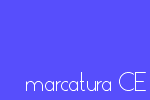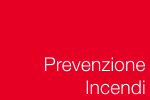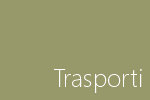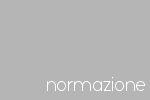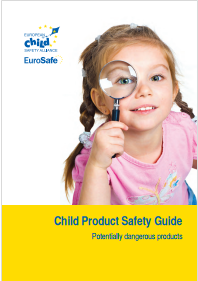Child Product Safety Guide: Potentially dangerous products
| ID 2329 | | Visite: 4605 | Direttiva Sicurezza Prodotti | Permalink: https://www.certifico.com/id/2329 |
Child Product Safety Guide
Potentially dangerous products
Every day children are hurt when interacting with products in their daily environments, even with products made especially for children. For example, annually in the EU 28 Member States approximately 19,000 injuries to children 0-14 years of age involve bunk beds and are serious enough to require a visit to the emergency department. The purpose of this guide is to explore children’s interactions with products and specifically to:
- inform consumers and professionals about the risks that a child encounters with products in and around the home;
- educate consumers and professionals in the purchase of child products;
- educate consumers and professionals regarding safe usage of products potentially dangerous to children;
- provide consumers and professionals with details of the safety standards that have been approved by CEN, the European standards organisation, that specify the safety requirements, tests and test methods for the products referred to in this guide.
Within this guide information on 26 child-related products are detailed to provide comprehensive information to assist parents, caregivers and injury prevention professionals with the reduction of child injuries related to these potentially dangerous products.
How was this information gathered? The information in this guide was collected in two ways. First, we reviewed relevant literature and available data on child injuries involving products. Injuries and accidents data in Europe were obtained from the RAPEX system - the Rapid Alert System for NonFood Products of the European Commission, from European Child Safety Alliance Country partners (including non EU Member States such as Israel and Norway) and the European Injury Database (IDB) co-funded under the EU-Health programme and managed by Eurosafe. For more information about the IDB: http://ec.europa.eu/health/data_collection/ databases/idb/index_en.htm
To supplement the limited injury data available in Europe for certain products, the United States Consumer Product Safety Commission (CPSC) and Health Canada were also consulted. Second, we contacted key stakeholders and experts in Europe who are involved in product safety for children and asked them to advise on the products to be included and their detailed descriptions (see Acknowledgements section for a complete listing of experts consulted).
Thus, the products included in this guide are based on both evidence-based research as well as professional expertise. This guide chose to highlight products that met the following criteria:
- products which are highly used by parents and caregivers,
- products which cause either frequent or severe injuries, and
- products which are considered ‘safety’ products for children, but are widely misused by consumers.
For each product included we present the following information:
- Why the product poses a problem
- How the product can be dangerous for children
- What to look for when buying or prior to using (including European standards when applicable)
- How to use the product safely European safety standards Products detailed in this guide are included within the scope of the European Commission’s General Product Safety Directive (GPSD) 2001/95/EC.
The Directive provides a generic definition of a safe product, which is assessed in accordance with European standards, community technical specifications, codes of good practice, state of the art and the expectations of consumers.
Sector-specific products such as toys have their own Directive. The Toy Safety Directive 2009/48/EC is a new Directive that came into force for Member States on July 20, 2011 and refers to toys as products that are used or intended for use in play by children up to the age of 14 years.
The Directive lays down the safety criteria or “essential requirements” which toys must meet during manufacture and before being placed on the market.
The safety criteria cover general risks (protection against health hazards or physical injury) and particular risks (physical and mechanical, flammability, chemical properties, and electrical properties). For more information about the Toy Safety Directive we invite you to please visit the website of the European Commission, Directorate-General for Enterprise and Industry, Factsheet Toy Safety at http://ec.europa.eu/enterprise/sectors/toys/documents/directives/
UE 2012









